Chocolates on display at a store in Brussels, Belgium. Photo: THX/TTXVN
According to Al Jazeera, in the US, retail prices for chocolate increased by more than 20% on Valentine’s Day 2025, according to data from Wells Fargo Bank. One obvious example is the large Reese’s Hearts bar – a popular gift during the holiday – which is now selling for 13% more than the same time last year.
In the UK, the situation is no better. A white Twix Easter egg sold in Tesco has increased in price from £5 to £6, and its weight has been reduced from 316g to 258g – meaning consumers are paying more for a smaller product, with a price increase of 47% by weight.
Even though cocoa prices on the New York Stock Exchange have fallen about 20% from their December 2024 peak, consumers are still paying record prices for chocolate products. So what’s behind these huge numbers?
Climate change and extreme weather: The nightmare of the cocoa industry
The core reason for the skyrocketing cocoa price is the harsh weather conditions, especially in West Africa - which produces more than 70% of the global cocoa output.
This is not unexpected, according to Amber Sawyer, an analyst at the Energy and Climate Intelligence Unit (ECIU). “Chocolate is one of many foods that are becoming more expensive because of the effects of climate change. These extreme conditions are only going to get worse,” she said.
In 2023, the region saw twice the 30-year average in rainfall in many places. In 2024, severe heat and drought continued to wreak havoc on crops. Scientists believe the El Niño phenomenon, which causes ocean temperatures in the Pacific Ocean to rise, is largely responsible for these erratic weather patterns.
As a result, the 2024 harvest will see a shortage of up to 500,000 tons of cocoa – the most severe shortage in many years.
Ghana and Cote d'Ivoire – the world's two largest cocoa producers – have been hit hard by crop disease and increasingly harsh growing conditions. Countries like Nigeria and Indonesia, the third and fourth largest producers, have also been hit.
Impact of policy and epidemic
Farmers dry cocoa beans in Bringakro village, Côte d'Ivoire. Photo: AFP/TTXVN
In addition to climate, a number of other factors have contributed to the surge in cocoa prices. New anti-deforestation laws in West Africa have limited plantation expansion, preventing production from increasing enough to make up for the shortfall.
West Africa is also struggling with aging trees. “Many cocoa trees are very old and have not been replaced due to lack of investment, leading to a sharp decline in productivity,” said Pohlmann Gonzaga, a commodities trader in Switzerland.
In addition, cocoa swollen bud virus (CSSV) is also spreading, especially in Cote d'Ivoire - where experts predict that production could be halved if the disease is not controlled.
Illegal gold mining has also forced many farmers in Ghana to abandon cocoa farming in pursuit of quick profits from gold. This has not only destroyed arable land but also significantly reduced cocoa production in Africa's top gold exporter.
Will cocoa prices continue to rise?
Cocoa prices have now cooled from their peak, hovering around $8,350 a tonne. However, experts warn that climate threats and production instability remain.
Carsten Fritsch, an analyst at Commerzbank, said the current harvest is showing signs of improvement, but dry weather could still lead to a poor harvest this year.
Gonzaga agreed, saying climate change will continue to exacerbate long-term supply concerns. He also said tariffs have impacted the value of commodities, and cocoa is no exception.
“Initially, the tariffs may reduce demand for cocoa in the United States, the world’s largest chocolate consumer,” he said. “However, what is interesting is that although the United States consumes the most chocolate, Switzerland has the highest per capita consumption. If chocolate consumption in the United States continues to increase, this could push cocoa prices up.”
According to him, it is not out of the question that President Donald Trump could reduce tariffs on cocoa exporters from West Africa, which would increase demand and further push up prices.
In addition, demand for chocolate is growing rapidly in emerging markets such as East Asia, similar to the trend seen with coffee, further pressuring prices.
He predicts that cocoa prices in the coming period may fluctuate strongly but not stably – “fluctuation” will be the keyword this year.
Chocolate makers react
Cocoa beans in the Morales region, Bolivar (Colombia). Photo: AFP/TTXVN
Faced with cost pressures, chocolate makers are choosing two main paths: either increase retail prices, or change product formulas and weights.
Nestlé has launched a new hazelnut-flavored Aero version that is significantly lighter than its standard chocolate bars, while agribusiness giant Cargill has partnered with startup Voyage Foods to distribute cocoa-free chocolate made from alternatives like grapeseed and sunflower meal.
Other startups – like Nukoko and Planet A – are focusing on microbial fermentation technology to mimic the taste of traditional chocolate. Another notable example is Dubai Chocolate, launching in 2022, which has attracted attention for its innovative products inspired by Middle Eastern cuisine , such as pistachio chocolate with tahini.
If cocoa prices continue to rise, experts say the market will see more and more alternatives to traditional chocolate. However, the question is whether consumers are willing to accept this change in their favorite traditional flavors?
According to VNA
Source: https://baoangiang.com.vn/tai-sao-socola-ngay-cang-tro-thanh-mat-hang-dat-do-a419498.html


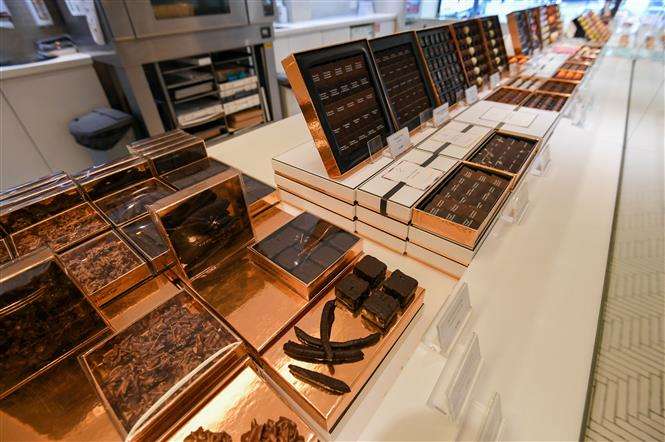

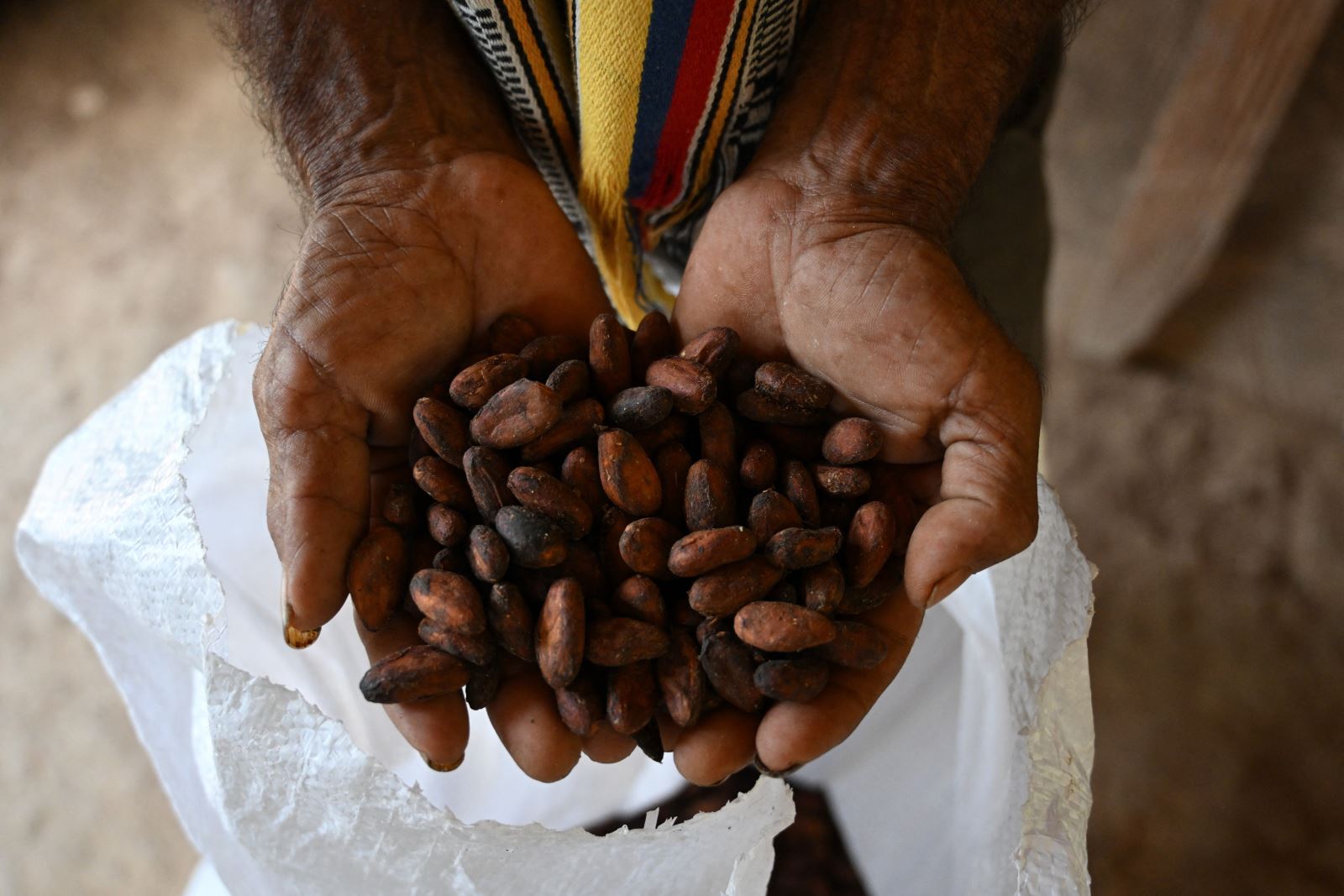

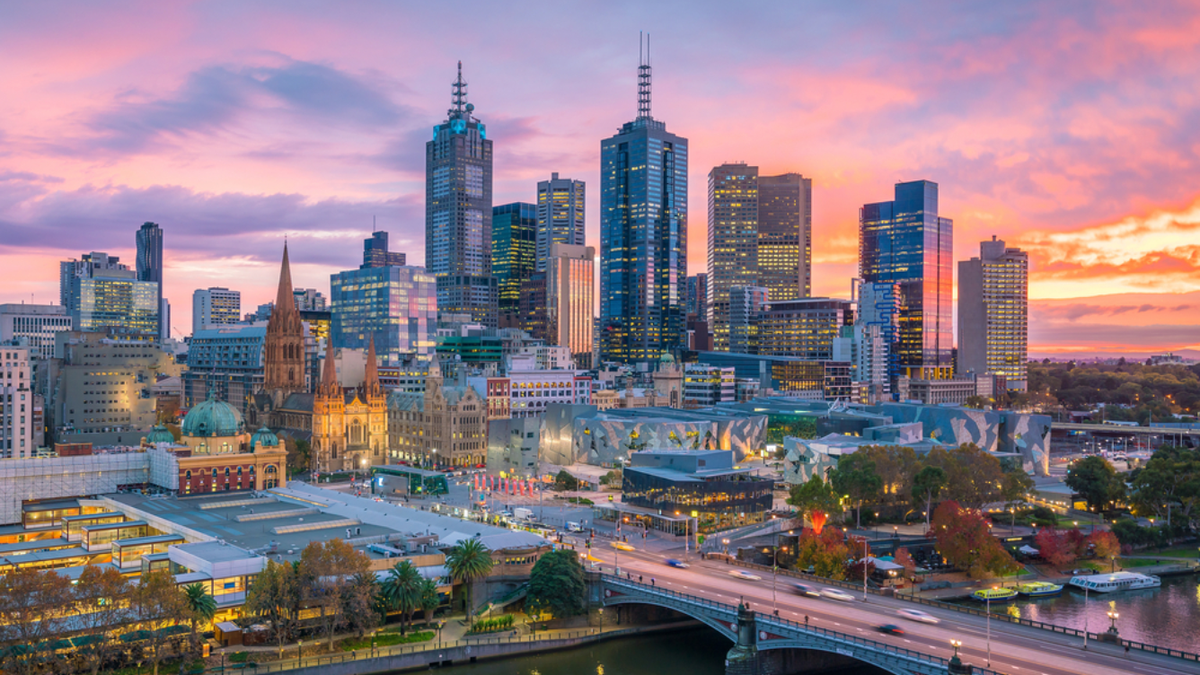




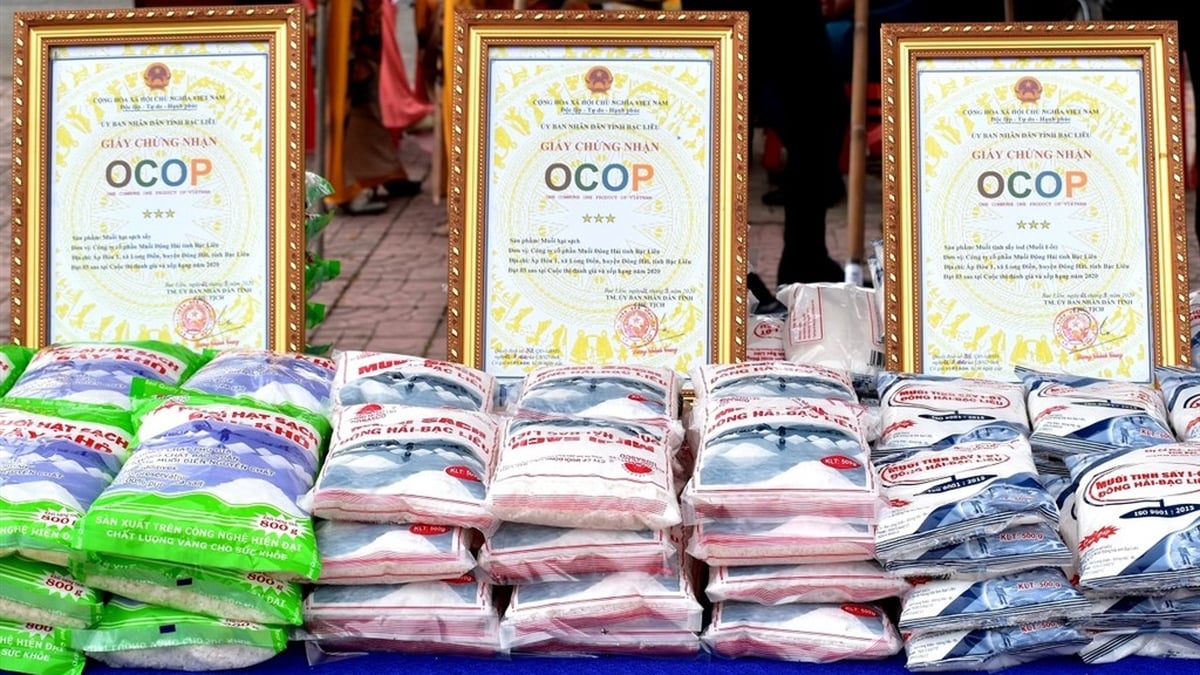













![[Photo] National Assembly Chairman attends the seminar "Building and operating an international financial center and recommendations for Vietnam"](https://vphoto.vietnam.vn/thumb/1200x675/vietnam/resource/IMAGE/2025/7/28/76393436936e457db31ec84433289f72)








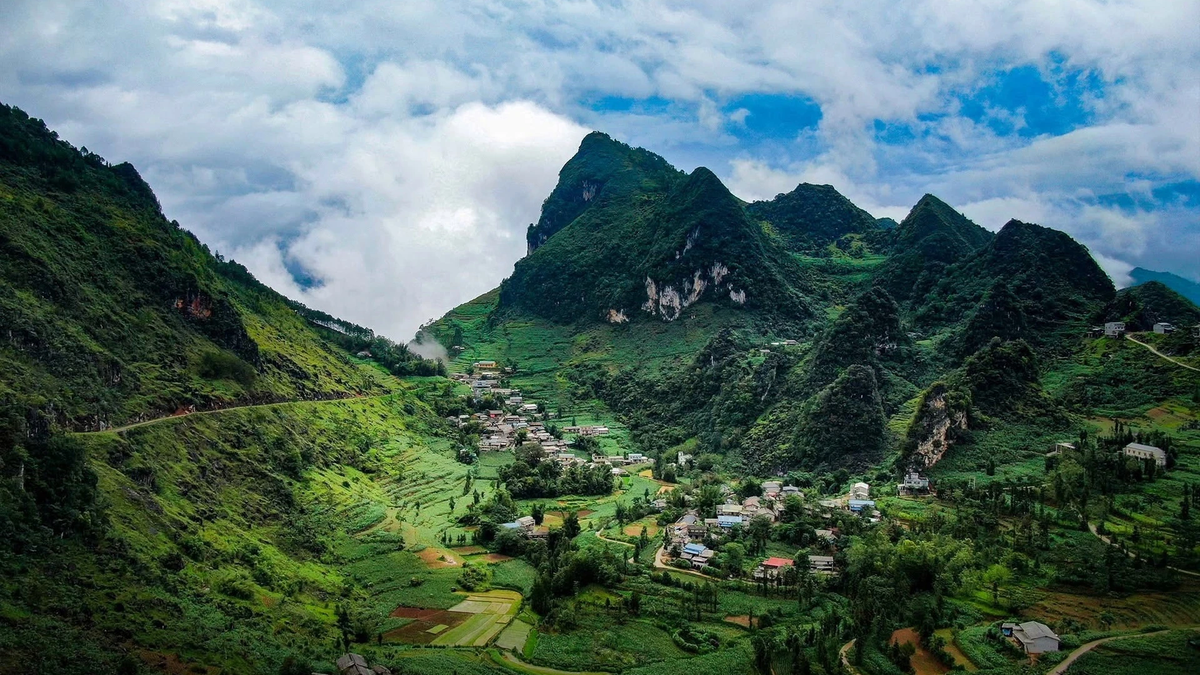





















































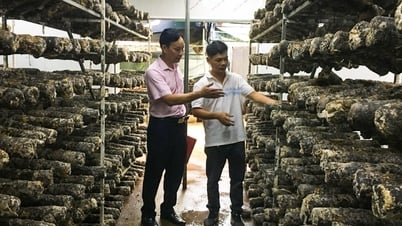

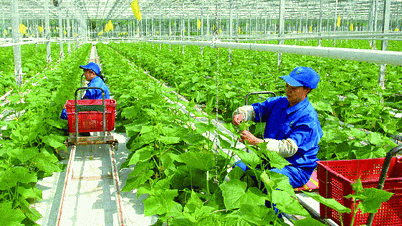


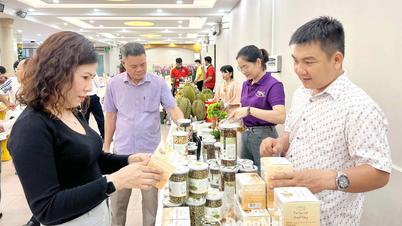









Comment (0)